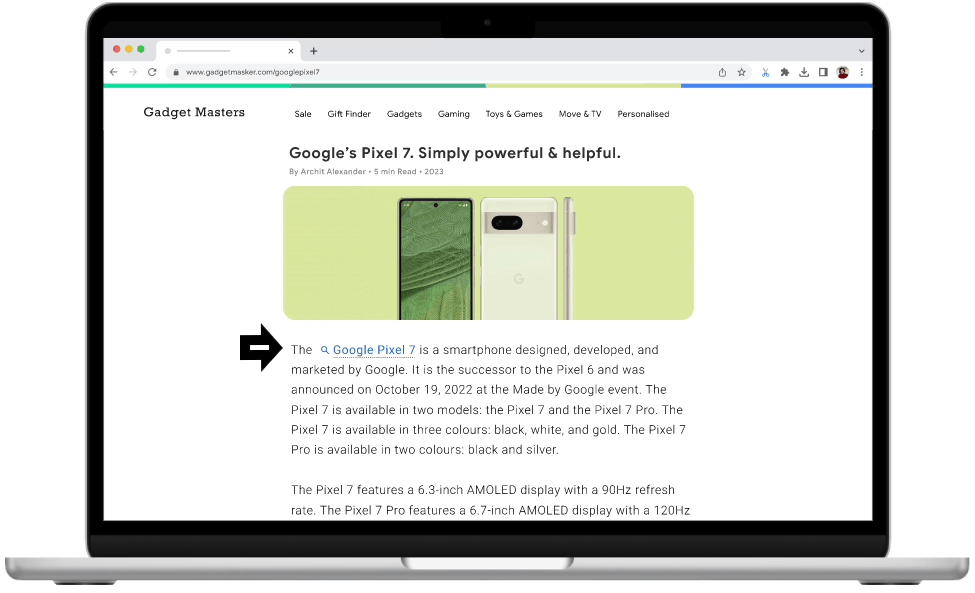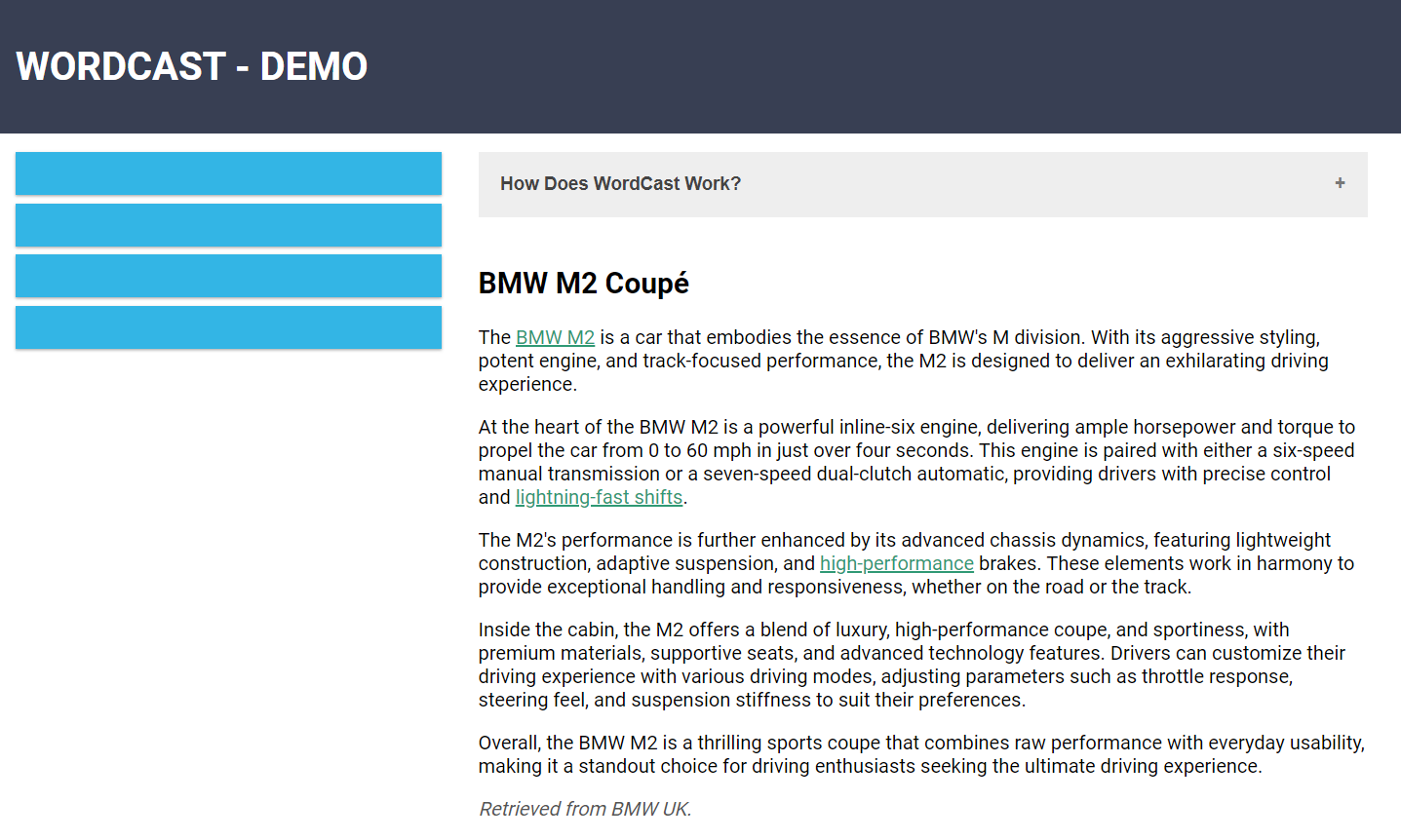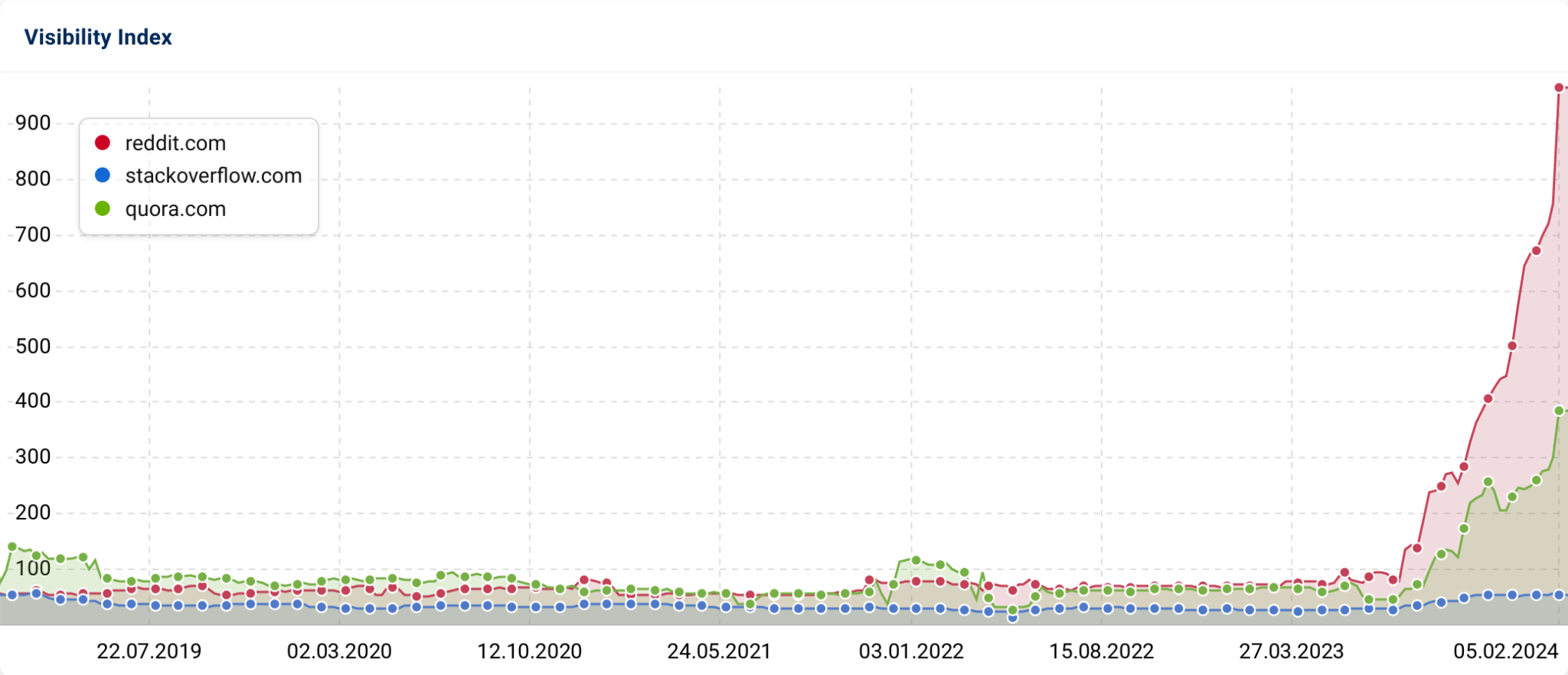Best Alternative to Google Ad Intent Links
Last updated: May 4, 2024
Why Ad Intent Matters Now: The Rise of Contextual Advertising and the Fall of Third-Party Cookies
The digital advertising landscape is undergoing a significant shift. The deprecation of third-party cookies, coupled with growing privacy concerns, has rendered traditional ad targeting methods increasingly ineffective. This has paved the way for the emergence of contextual advertising, a more privacy-conscious approach that focuses on the content of a webpage rather than user data.
In this context, Google's new ad intent links and WordCast.ai present themselves as promising solutions for advertisers seeking to navigate this evolving landscape. Let's delve into these two platforms, exploring their functionalities, advantages, and limitations.
Contextual Advertising Evolves: A Look at Google Ad Intent Links and WordCast
The concept of transforming existing webpage text into targeted advertising links, known as in-text ad placements, isn't entirely new. Pioneered by companies like Vibrant Media, Infolinks, and Skimlinks, this form of contextual advertising has been around for nearly two decades. Now, Google has entered the arena with its own offering: Ad Intent Links (AIL). Let's explore these solutions and understand how they fit into the landscape of privacy-focused advertising.
Google Ad Intent Links: Contextual Advertising within AdSense
Google Ad Intent Links (AIL) are hyperlinks that AdSense automatically generates by analyzing the content of your webpage and identifying relevant keywords. These keywords are then used to target ads that are likely to be of interest to your readers.

Pros of Google Ad Intent Links:
- Contextual Targeting: AIL leverages the context of your webpage content to deliver highly relevant ads, potentially leading to increased click-through rates and conversions.
- Seamless Integration: AIL integrates seamlessly within the existing Google AdSense platform, requiring minimal setup for publishers already using the platform.
- Ease of Use: AIL eliminates the need for manual ad placement, simplifying the process for publishers.
Cons of Google Ad Intent Links:
- Limited Control: Publishers have limited control over the specific ads generated by AIL.
- Potential for Irrelevant Ad Placement: There's a possibility that AIL might misinterpret the content and generate irrelevant ads.
- Availability: AIL is currently in beta testing, with access restricted to a limited number of publishers.
WordCast: AI-Powered Content Optimization and Affiliate Marketing
WordCast is an AI-powered platform that assists publishers in optimizing their content for affiliate marketing. It analyzes website content and automatically inserts contextual affiliate links within the text. Wordcast also utilizes AI to personalize these links for individual users, potentially increasing click-through rates and conversions.

Pros of WordCast:
- AI-Driven Optimization: Wordcast leverages AI to analyze content and strategically place affiliate links, ensuring optimal placement and relevance.
- Content Personalization: The platform's ability to personalize affiliate links for users can further enhance the user experience and ad performance.
- Beyond Affiliate Links: Wordcast empowers publishers with flexibility, allowing them to redirect traffic within their website or to social media channels for a variety of purposes.
Cons of WordCast:
- Learning Curve: Utilizing Wordcast effectively might require a learning curve for publishers unfamiliar with affiliate marketing or AI-powered tools.
- Potential for Disruptive Ad Placement: Overly aggressive affiliate link insertion could disrupt the user experience and negatively impact website traffic.
- Independent Partnership: Unlike Google's built-in ad solutions, WordCast requires publishers to proactively establish their own affiliate partnerships.
Choosing the Right Platform: A Matter of Needs
The ideal platform between Google Ad Intent Links and WordCast depends on your specific advertising goals and resources.
Ease of Use vs. Customization: Google Ad Intent Links offers a streamlined solution with minimal publisher input, making it ideal for those who prefer a hands-off approach. However, it sacrifices some flexibility in terms of ad customization.
Flexibility vs. Learning Curve: WordCast grants publishers greater control over link display and content optimization. This increased flexibility is beneficial but comes with a learning curve for those unfamiliar with the platform.
Ultimately, the best course of action might involve a combination of these strategies. By capitalizing on the strengths of both Google Ad Intent Links and WordCast, you can create a more comprehensive and effective advertising strategy in the evolving digital landscape.
Additional Considerations:
It's important to note that the landscape of ad technology is constantly evolving. As Google refines its Ad Intent Links platform and other players emerge in the contextual advertising space, staying informed about the latest advancements is crucial.
Remember, the success of any advertising strategy hinges on a deep understanding of your target audience and their needs. By prioritizing user experience and delivering relevant content and ads, you can navigate the changing landscape and achieve your advertising objectives.
Ready to Open a New Revenue Stream from your Content with WordCast?



